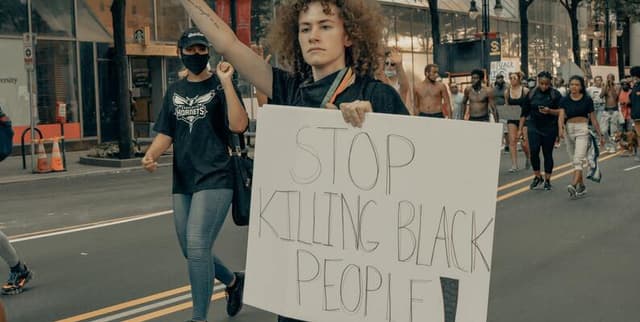2015 Police-Involved Fatalities and Census Data
Government & Civic Records
Tags and Keywords
Trusted By




"No reviews yet"
Free
About
An analytical dataset capturing incidents where police killed people in the United States during 2015. This data product combines details of each incident with demographic and economic information for the specific local area (census tract) where the event occurred. It integrates information from journalistic sources and census data, allowing for in-depth analysis of the circumstances and community characteristics related to these fatal encounters. The dataset is designed to support research into racial equity, law enforcement practices, and socio-economic factors.
Columns
- name: The name of the deceased individual.
- age: The age of the deceased individual.
- gender: The gender of the deceased individual.
- raceethnicity: The race or ethnicity of the deceased individual.
- month: The month in which the incident occurred.
- day: The day of the month on which the incident occurred.
- year: The year in which the incident occurred (2015).
- streetaddress: The address or intersection where the incident took place.
- city: The city where the incident occurred.
- state: The state where the incident occurred.
- latitude: The latitude of the incident location, geocoded from the address.
- longitude: The longitude of the incident location, geocoded from the address.
- state_fp: The State FIPS code for the location.
- county_fp: The County FIPS code for the location.
- tract_ce: The census tract ID code for the location.
- geo_id: A combined census tract ID code.
- county_id: A combined county ID code.
- namelsad: The descriptive name of the census tract.
- lawenforcementagency: The law enforcement agency involved in the incident.
- cause: The cause of death (e.g., Gunshot, Taser).
- armed: Information on how or whether the deceased was armed.
- pop: The total population of the census tract.
- share_white: The share of the tract population that is non-Hispanic white.
- share_black: The share of the tract population that is black.
- share_hispanic: The share of the tract population that is Hispanic/Latino.
- p_income: The median personal income in the census tract.
- h_income: The median household income in the census tract.
- county_income: The median household income for the surrounding county.
- comp_income: A comparative measure calculated as tract household income divided by county household income.
- county_bucket: The quintile ranking of the tract's median household income within its county.
- nat_bucket: The quintile ranking of the tract's median household income nationally.
- pov: The official poverty rate in the census tract.
- urate: The unemployment rate in the census tract.
- college: The share of the population aged 25 and over with a bachelor's degree or higher.
Distribution
The data is provided in a single CSV file named
police_killings.csv with a size of 128.94 kB. It contains 467 records and 34 columns.Usage
This dataset is suitable for statistical analysis, data visualisation, and academic research. It can be used to explore correlations between police killings and community demographics, such as race, income levels, poverty, and education. It is also valuable for journalists, policymakers, and civil rights organisations investigating law enforcement accountability and racial justice.
Coverage
The dataset covers police killings across 47 different states in the United States. The temporal coverage is limited to the calendar year 2015. Demographic and economic data is provided at the census tract level, offering granular insights into the local context of each incident.
License
CC0: Public Domain
Who Can Use It
- Sociologists and Criminologists: For research on crime, law enforcement, and societal inequality.
- Data Journalists: To create data-driven stories and visualisations about police conduct and its impact on communities.
- Policymakers and Government Analysts: To inform policy discussions around police reform, training, and community relations.
- Civil Rights Advocates: To support advocacy work with quantitative evidence on racial disparities in policing outcomes.
Dataset Name Suggestions
- US Police Killings & Community Demographics 2015
- 2015 Police-Involved Fatalities and Census Data
- Fatal Police Encounters and Socio-Economic Data (2015)
- American Police Killings and Neighbourhood Statistics (2015)
Attributes
Original Data Source: 2015 Police-Involved Fatalities and Census Data
Loading...
